- Home
-
Core Technology
Core Technology
-
Business
Business
-
Research and Manufacturing
Research and Manufacturing
-
About Us
About Us


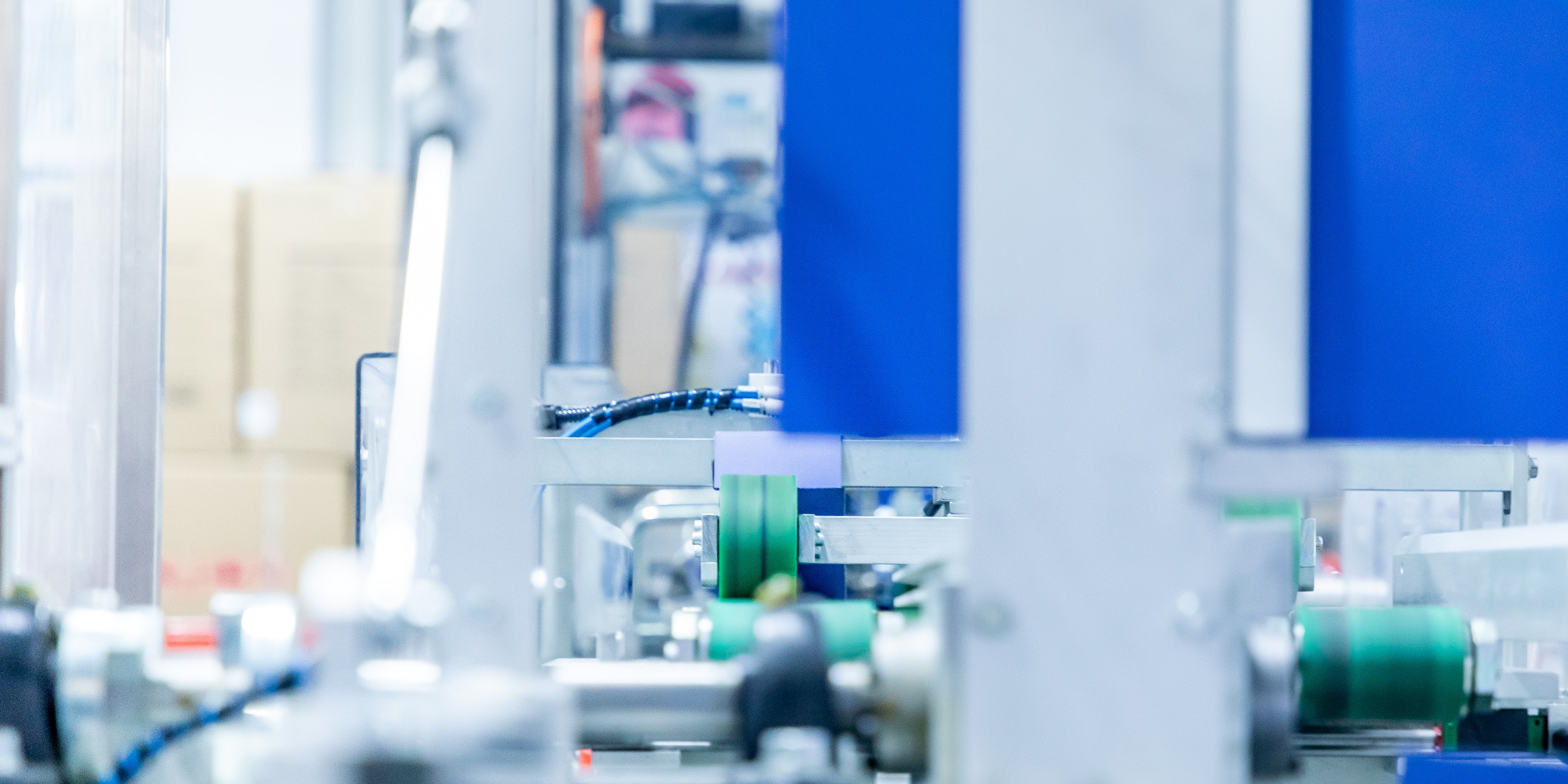
The KLART series integrated deamination device is based on the "enhanced chelation distillation" technology for heavy metal and high ammonia nitrogen wastewater jointly developed by the Institute of Process Science, Chinese Academy of Sciences and Beijing Saike Kanglun Environmental Protection Technology Co., Ltd. It is a systematic set of devices formed through secondary optimization and development based on supercomputer simulation and actual application data from hundreds of enterprises.
The device adopts a fully automated control system and can be equipped with an AI self-learning control system, which can self learn to adapt to different water quality, quickly adapt to various fluctuations, and automatically solve all process problems. Adopting standard modular design, only materials, water, electricity and other public accessories need to be connected on site.
Widely applicable to industries such as non-ferrous metallurgy, power battery materials, nickel cobalt, tungsten molybdenum, rare earths, petrochemicals, pharmaceuticals, etc.
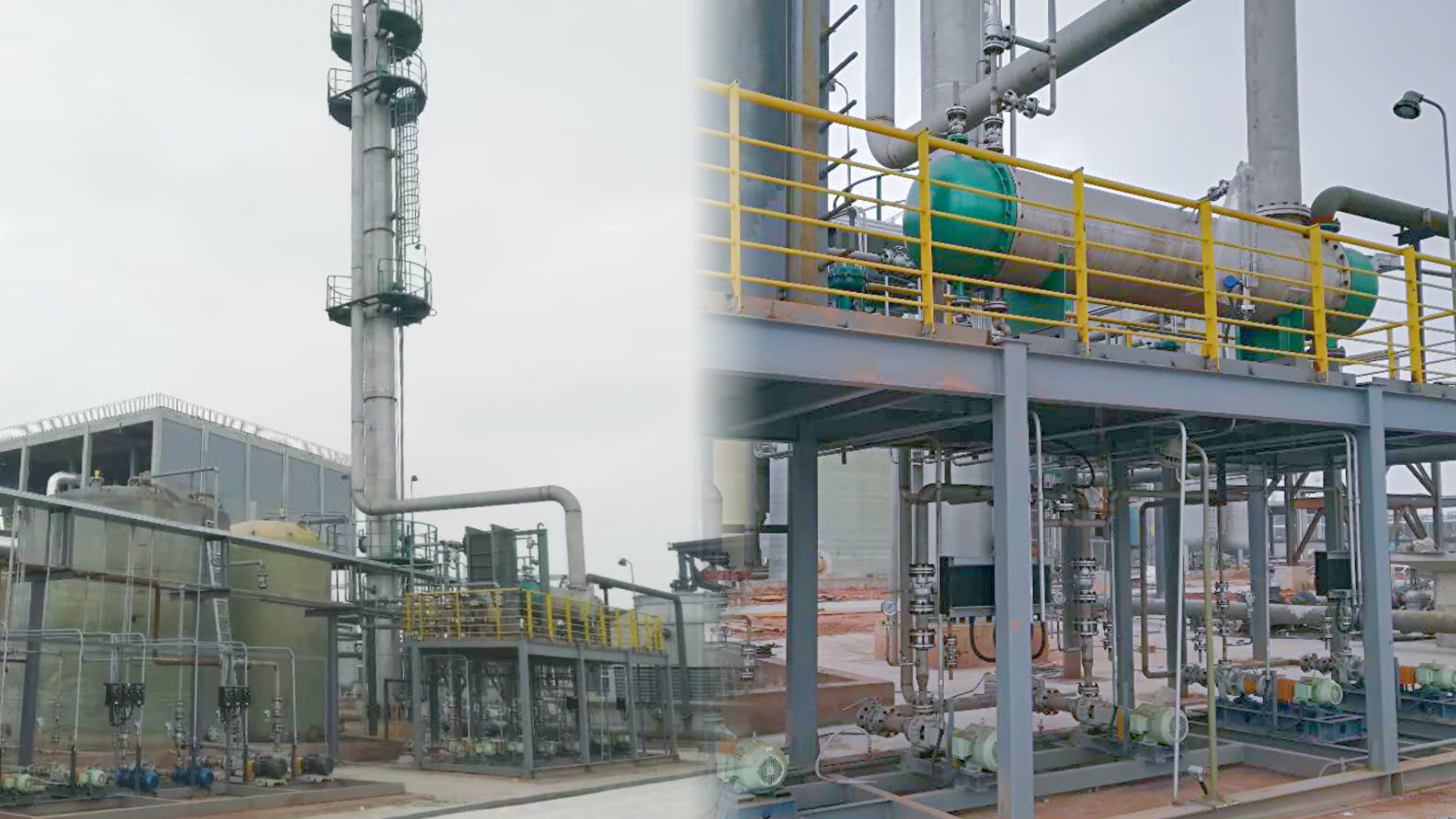



Standardized design, compact device design, corresponding to the advantages of small-scale construction projects that cannot be carried out on a large scale due to the narrowness of the site


Configure AI module on the basis of PLC, advanced control system


Price regulation and transparency, controllable investment


Small on-site installation workload, rapid deployment, short project operation cycle, saving engineering resources


Small footprint: Processing capacity ≤ 110m3/d, total footprint of approximately 10m2; Processing capacity 110-800m3/d, total footprint of approximately 50m2


The series of products are designed with standardized modularity, and can be quickly put into operation by simply connecting with the owner's materials, water, electricity, and other utilities on site
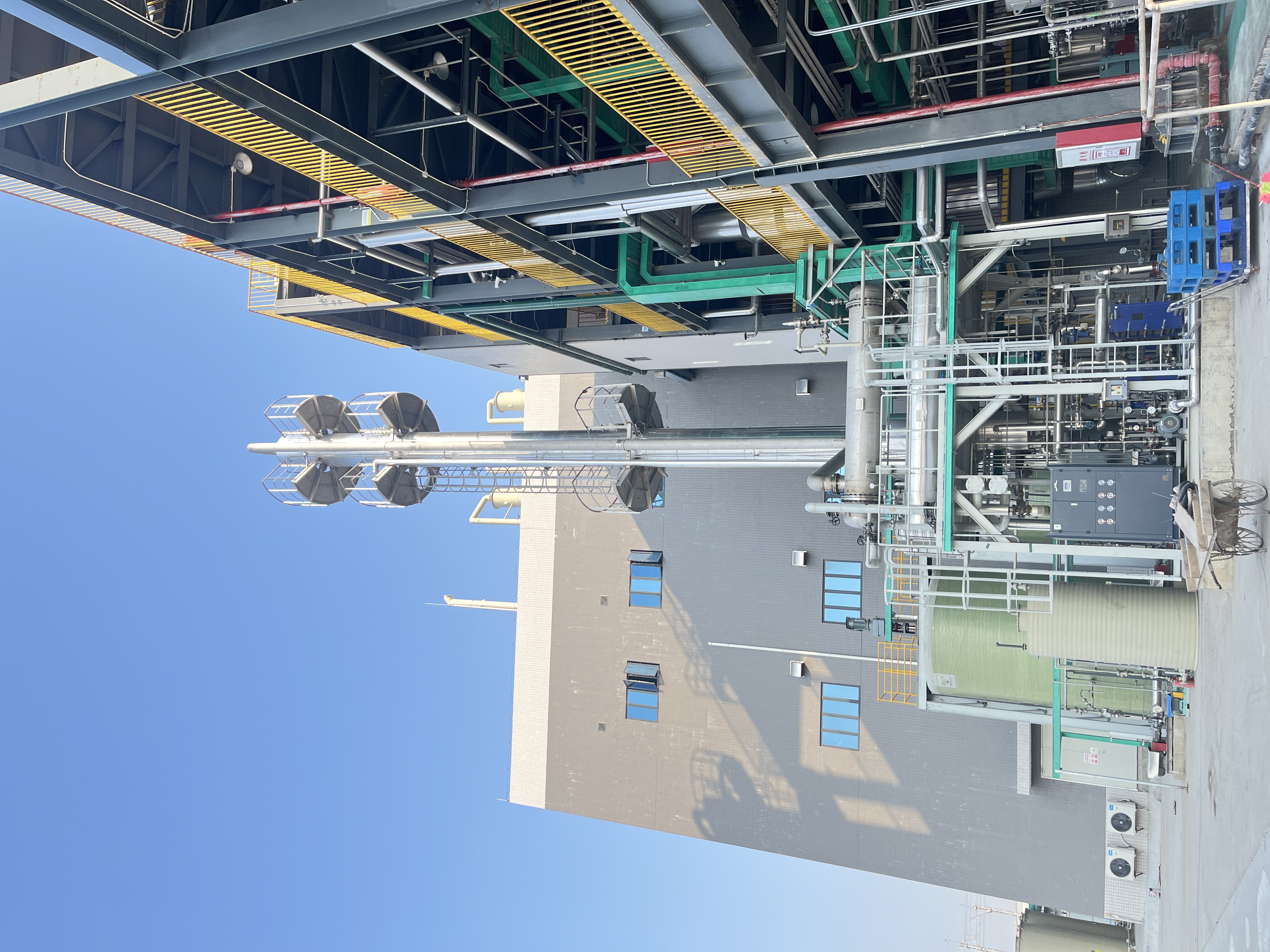
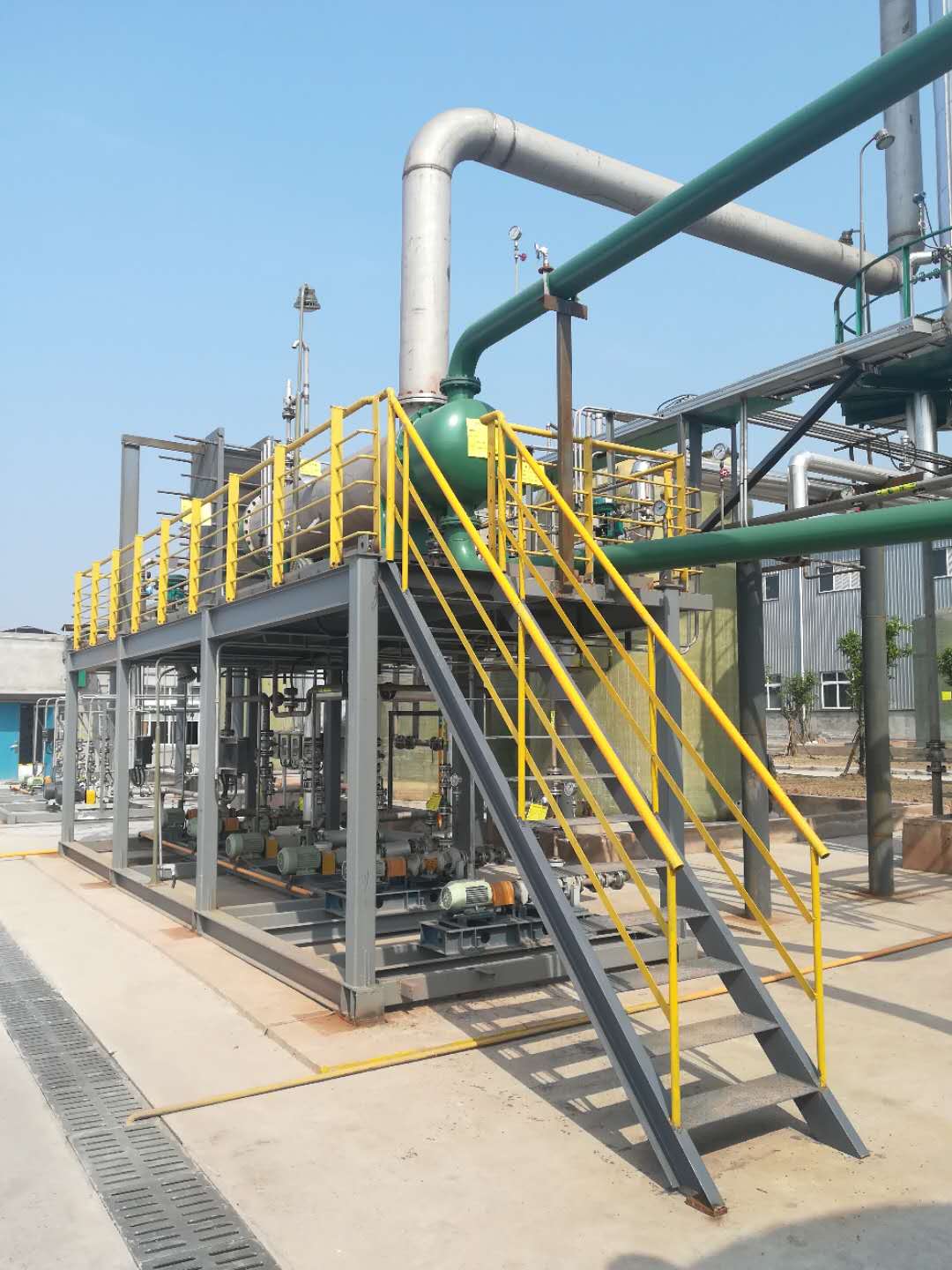

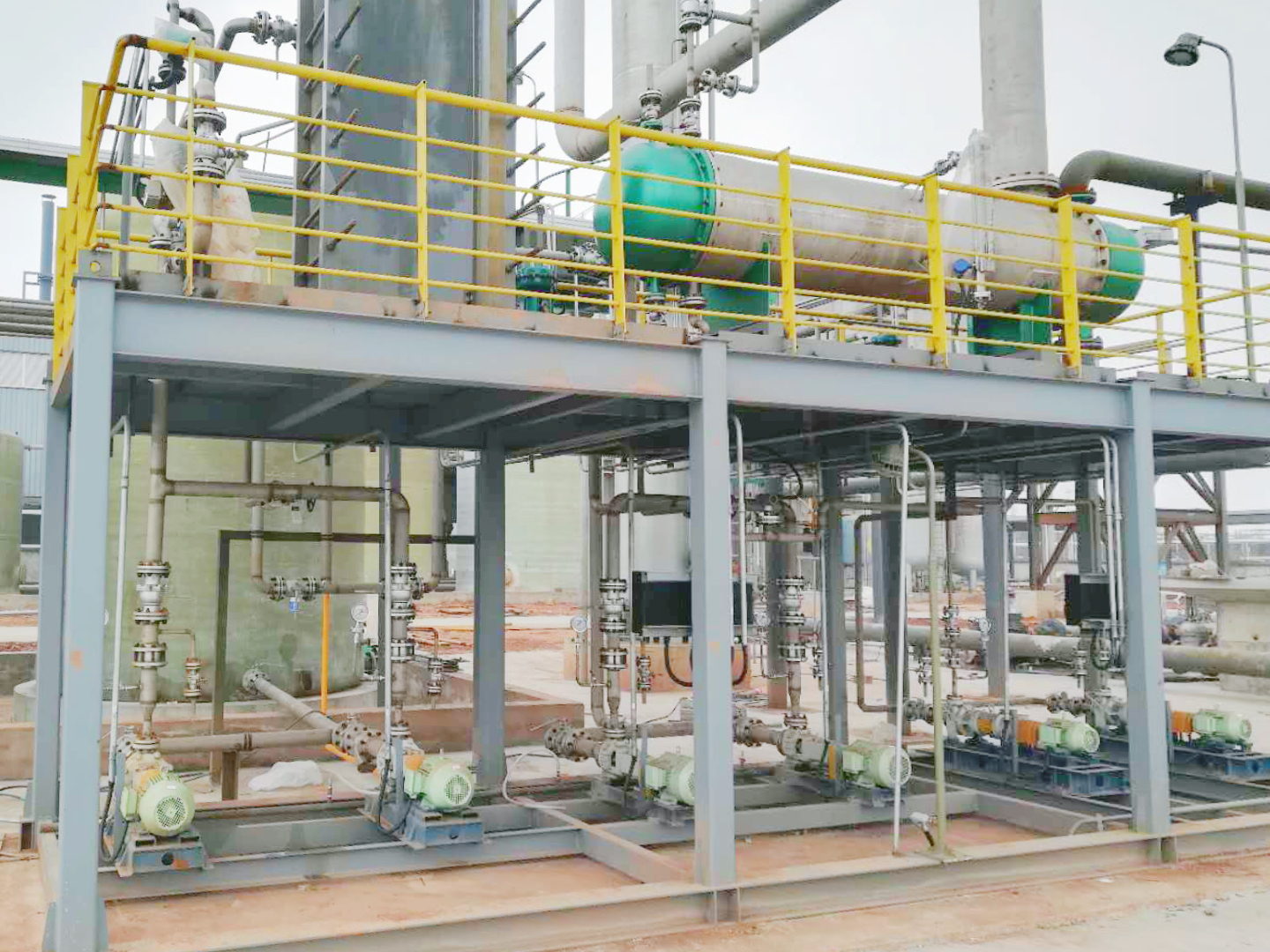
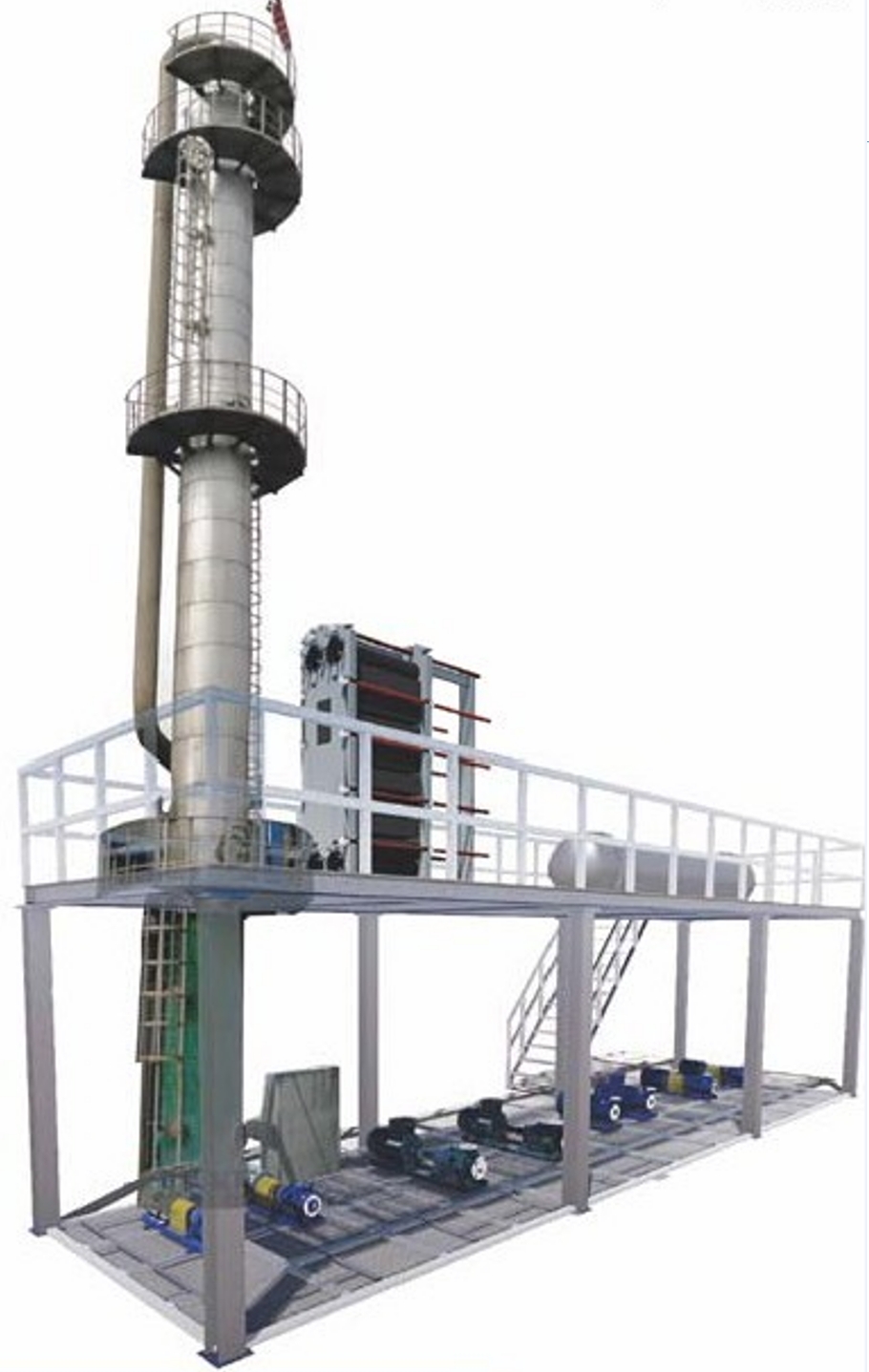
The process route is mature, with a wide range of water treatment capacity and quality adaptability (60-110%)
Stable processing effect, low energy consumption, and wide applicability
The deamination system has strong impact resistance and high specificity
High resource recovery rate, recycling 15% -25% high-purity concentration ammonia water
After treatment, the effluent of the wastewater is stable and meets the standard, with no secondary pollution generated